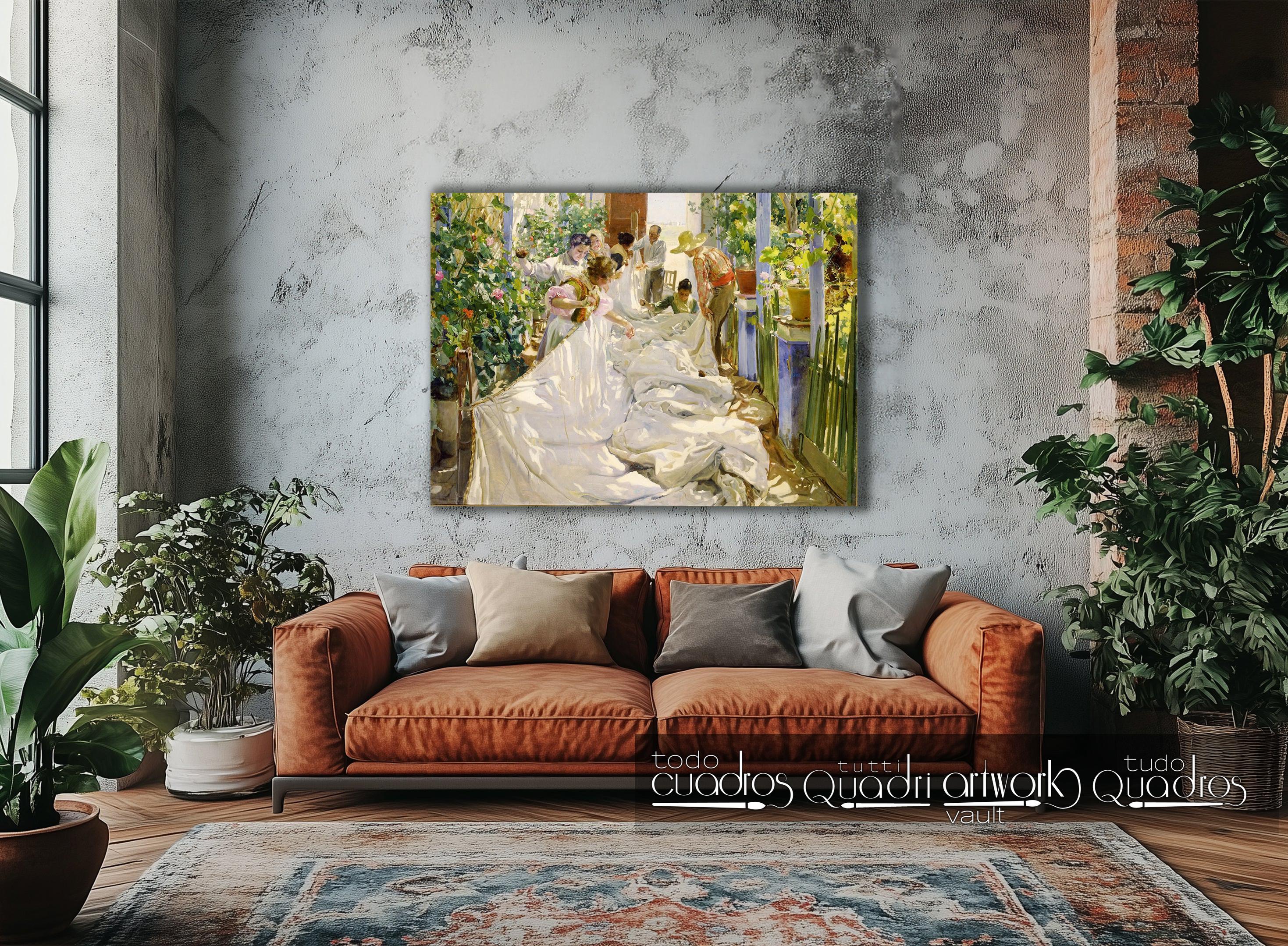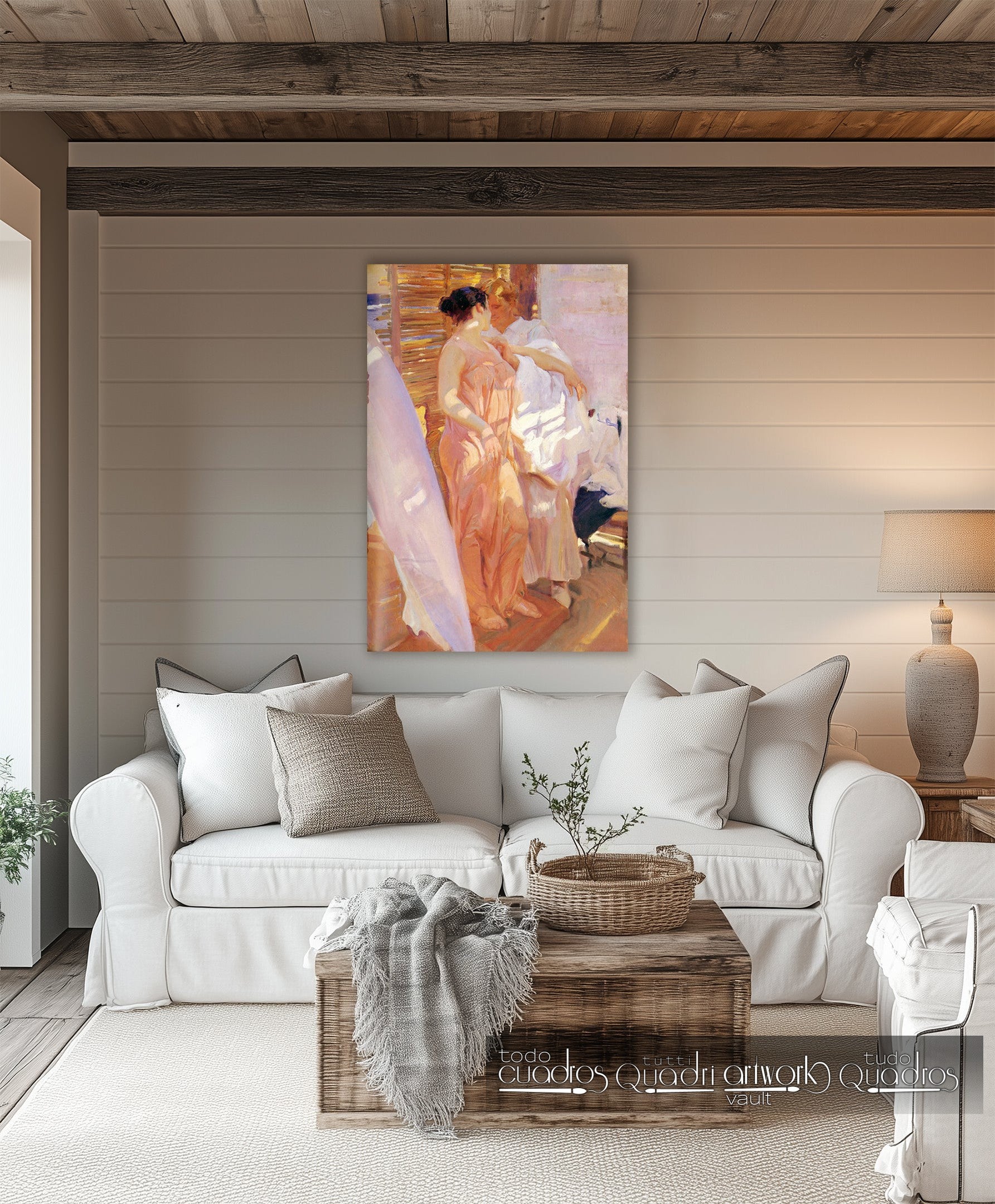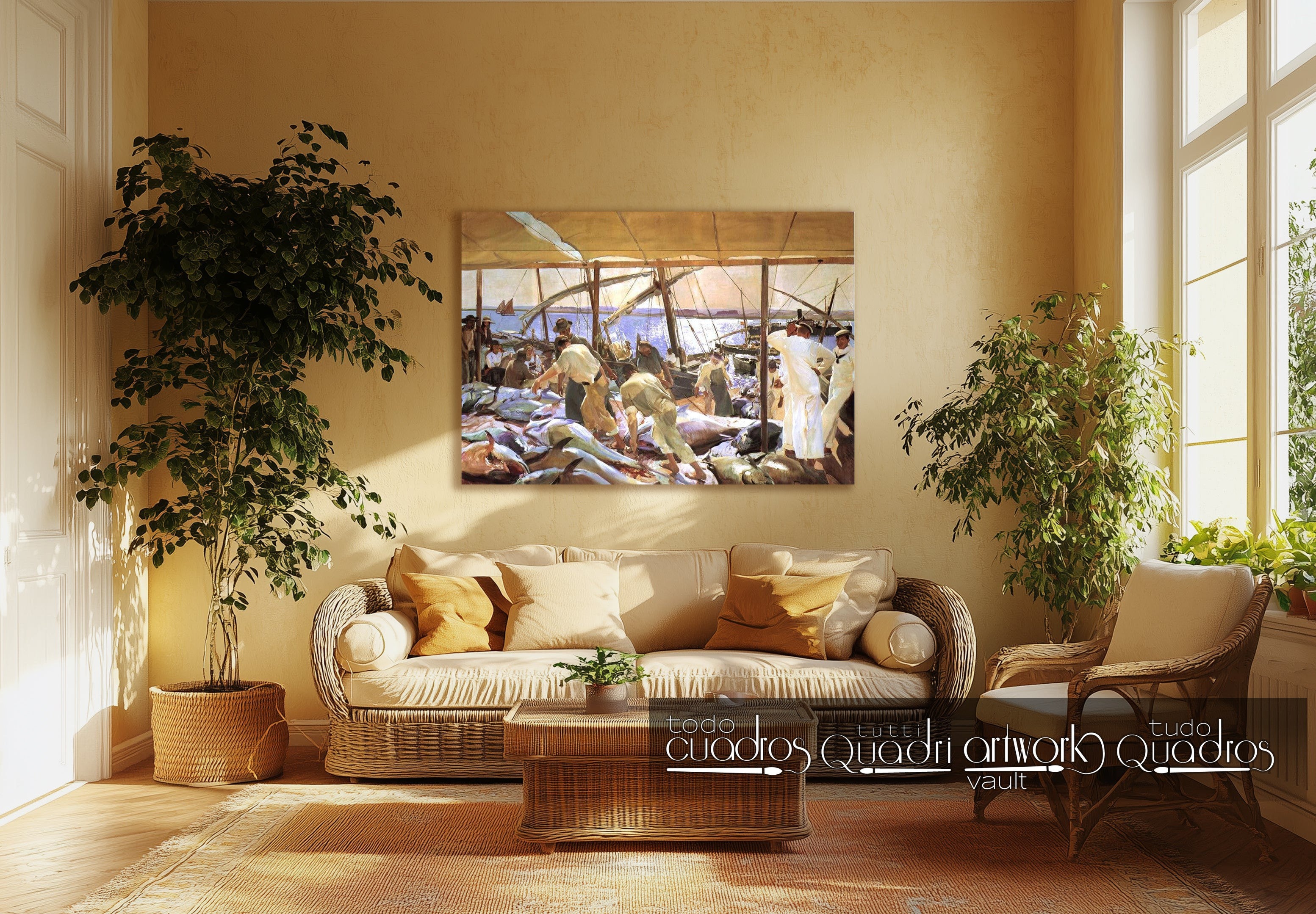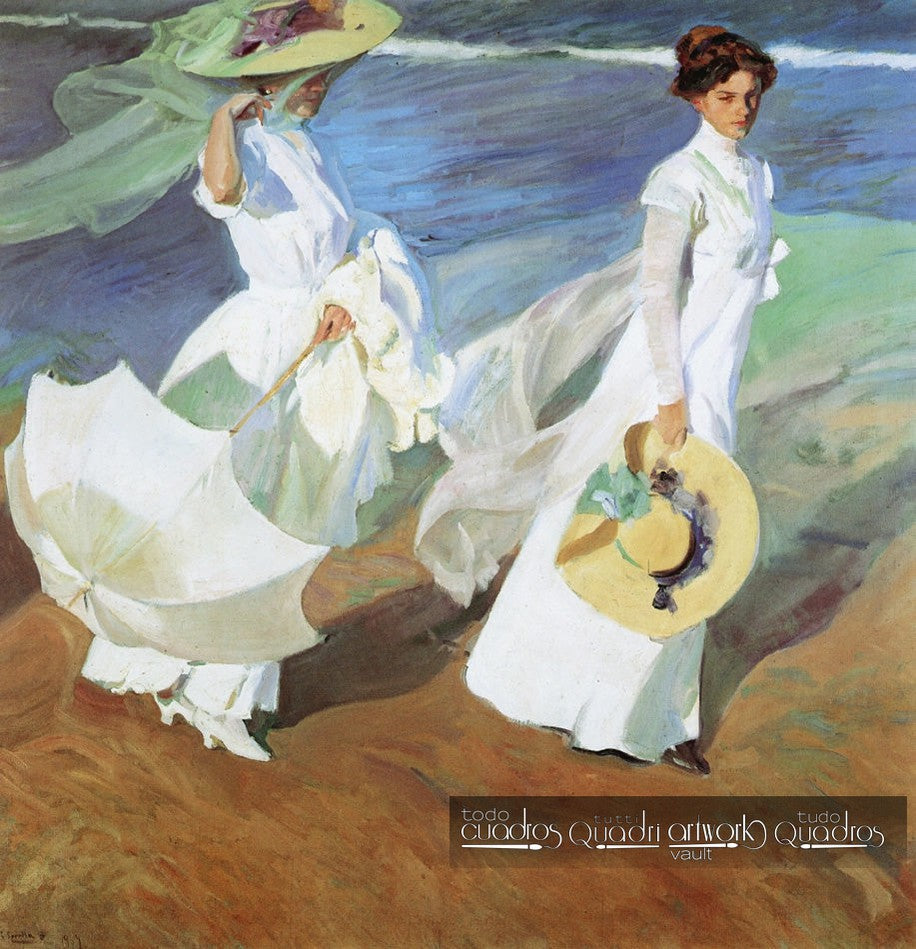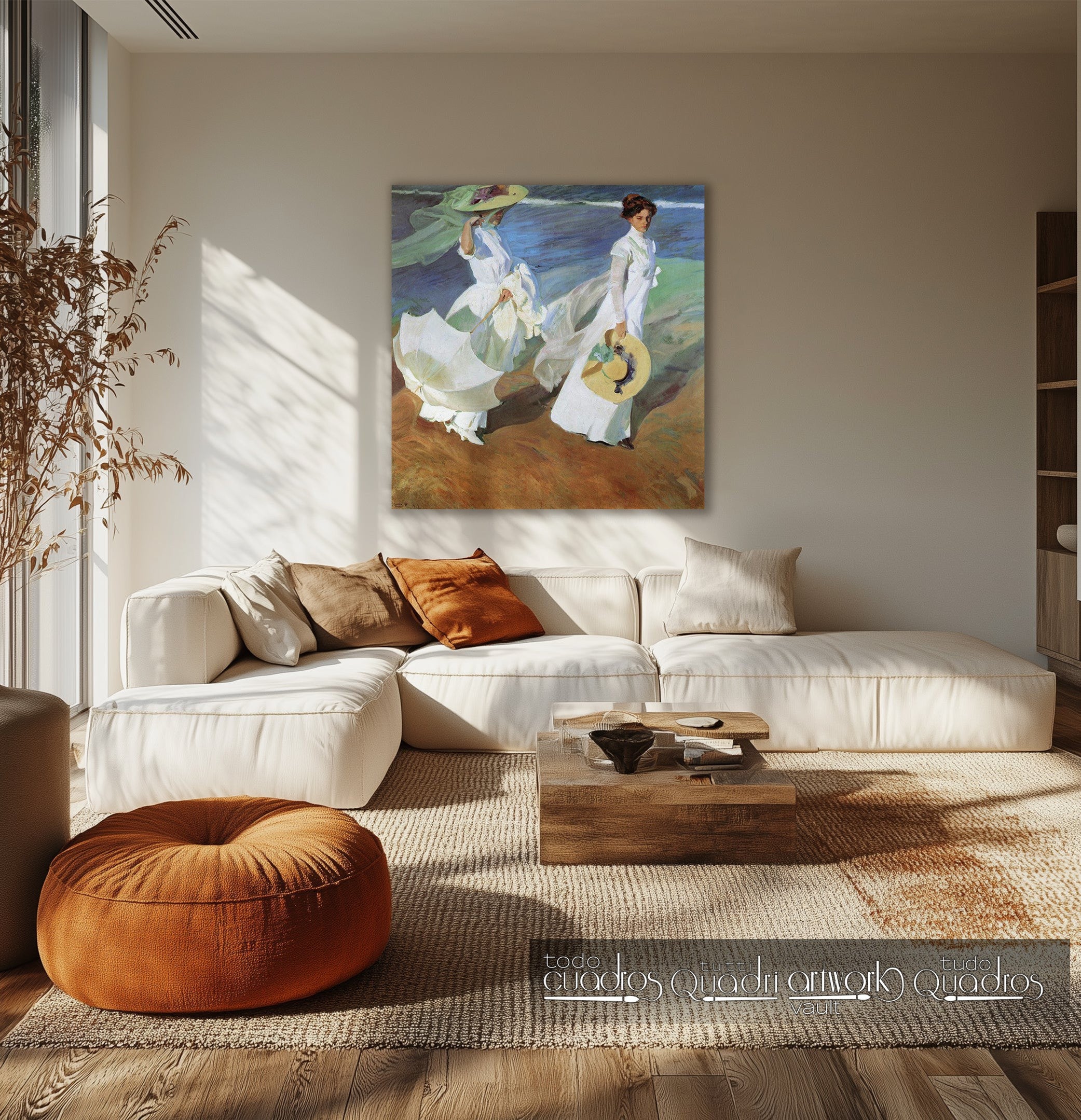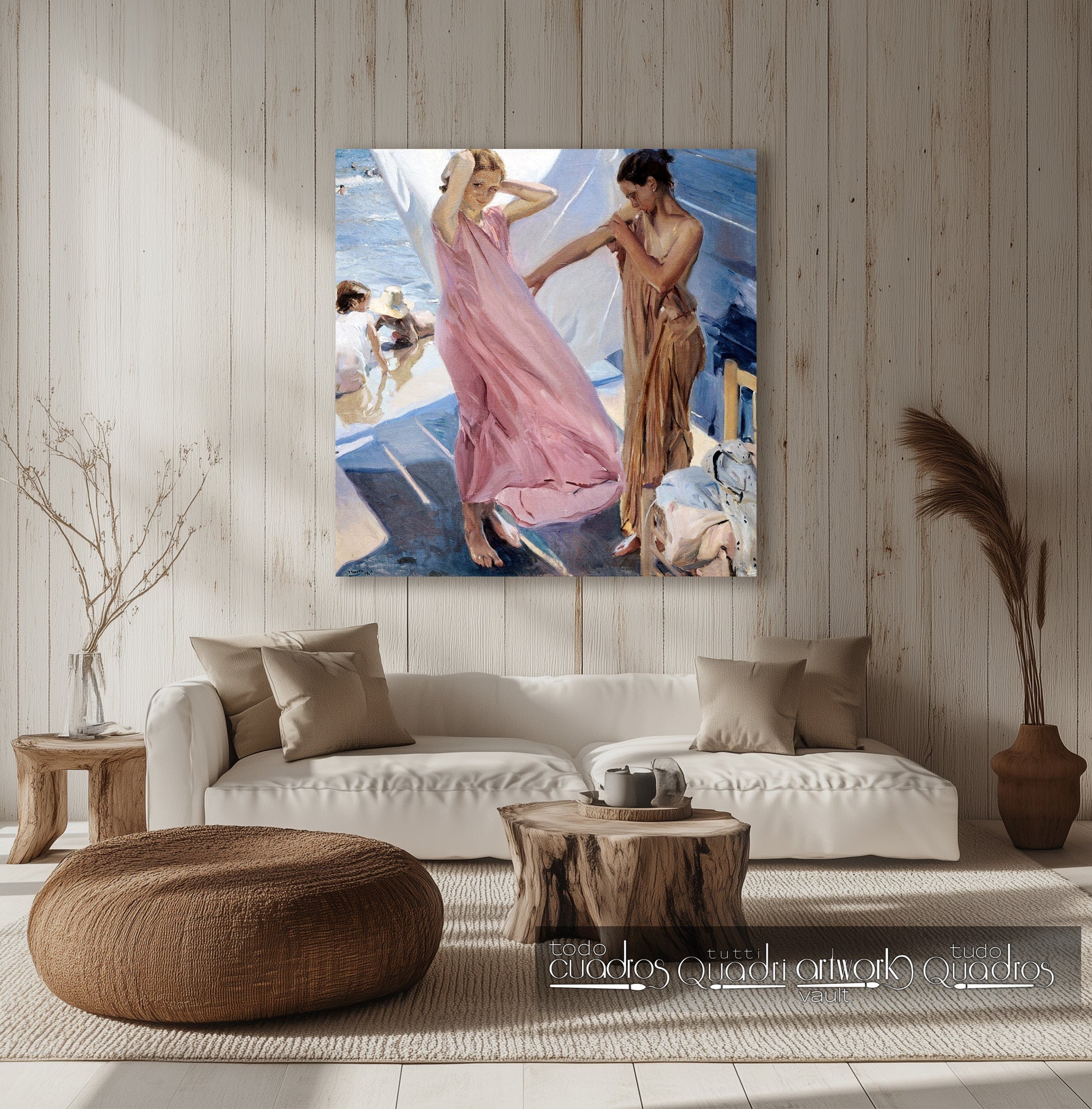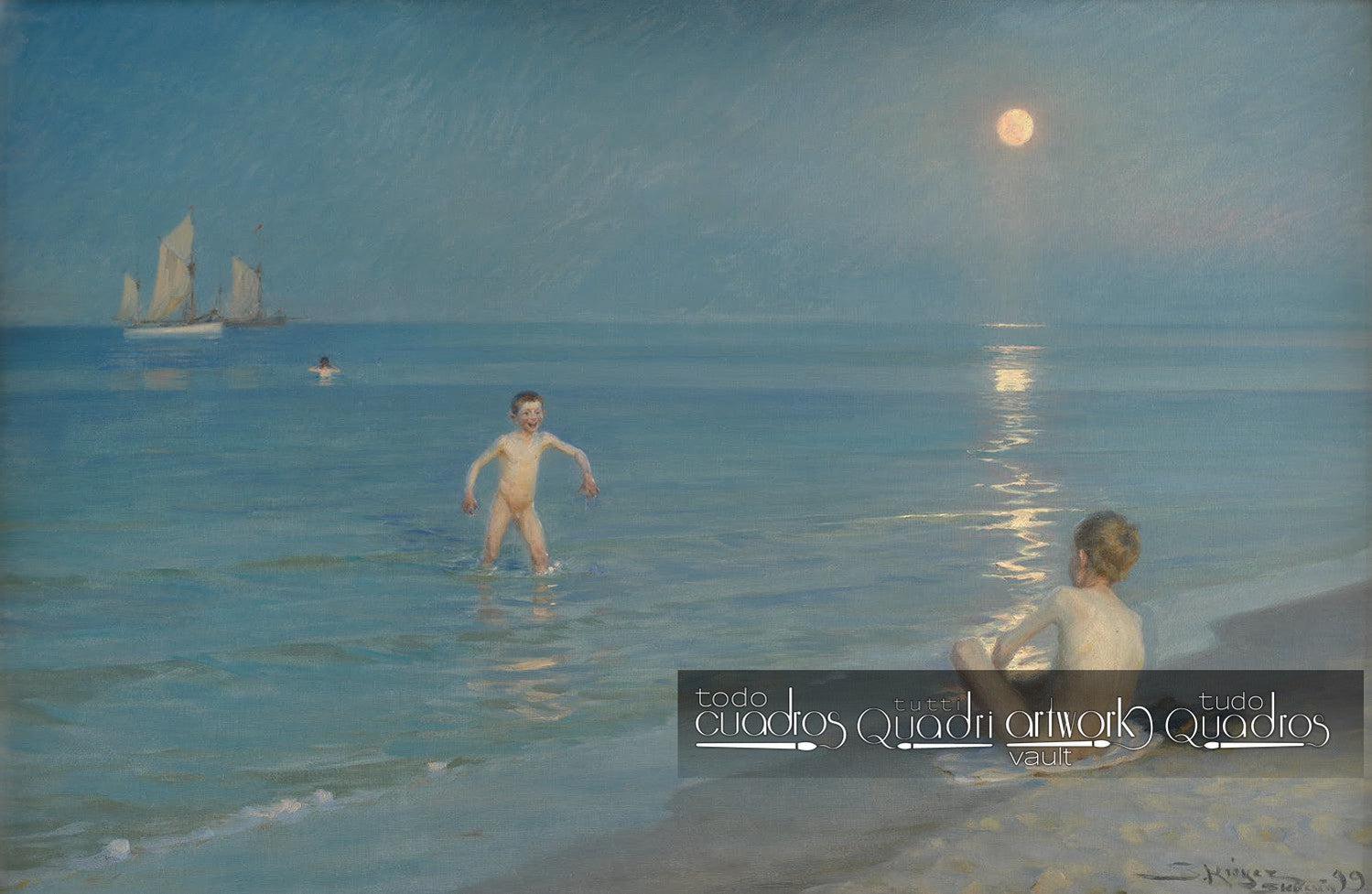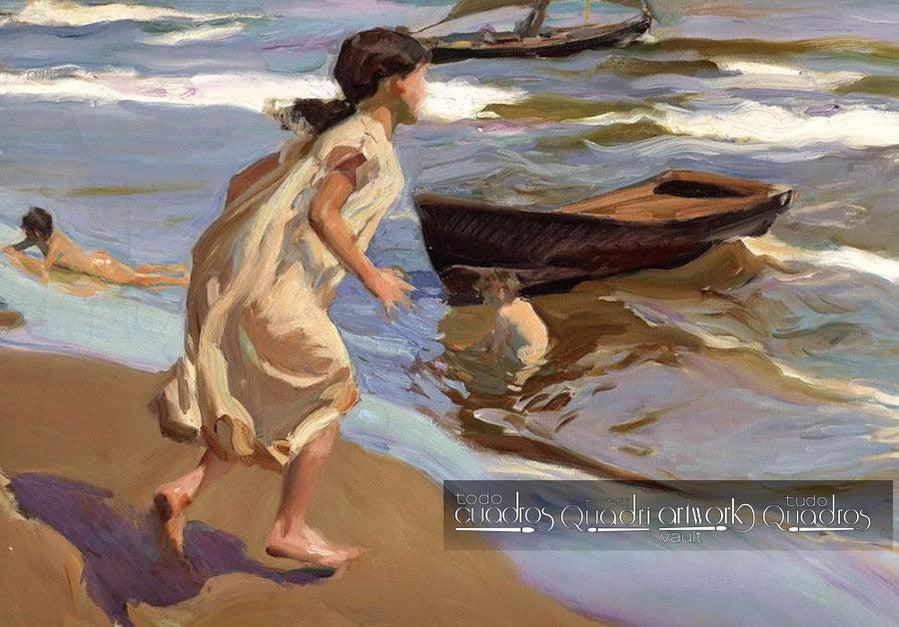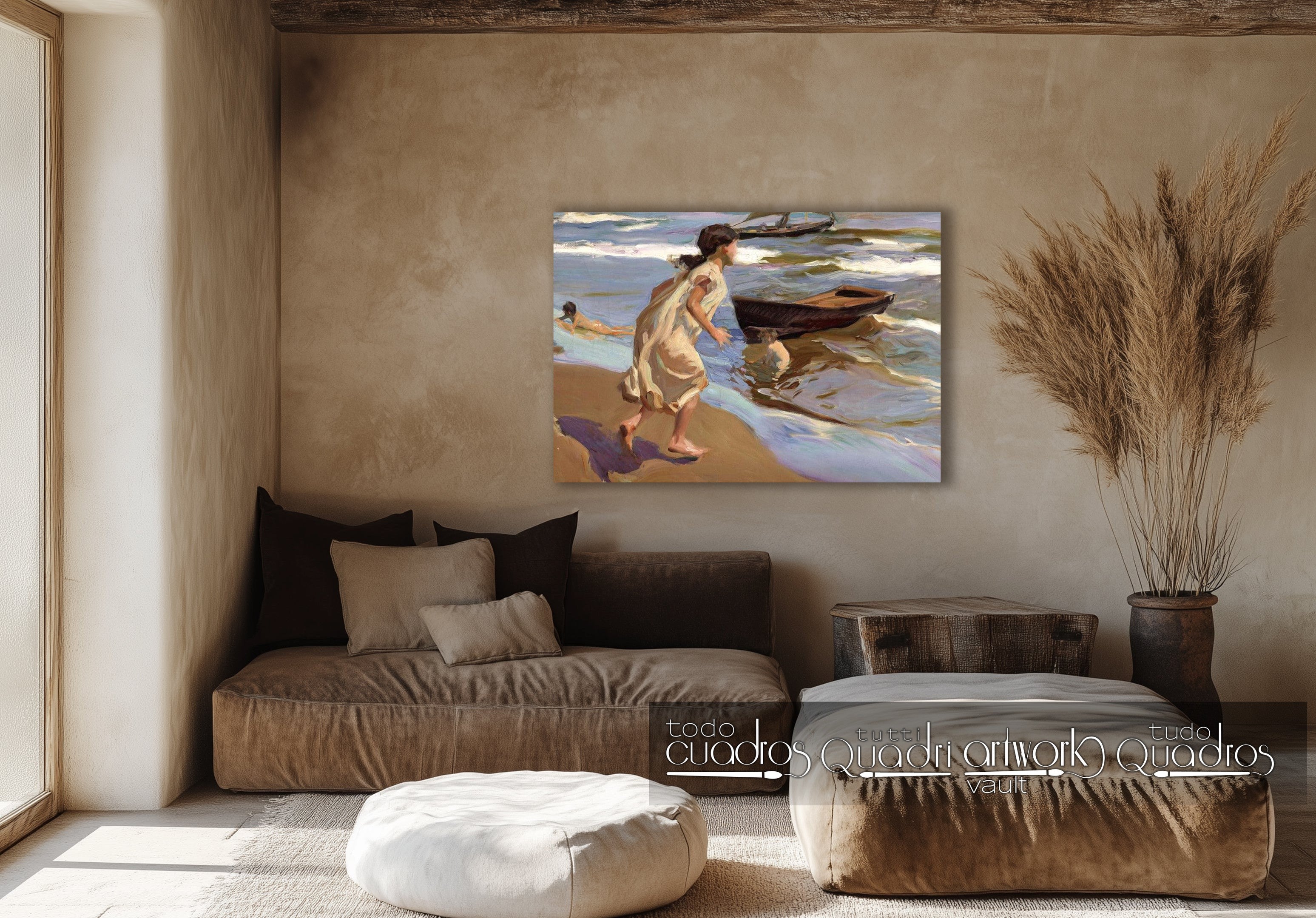Luminism (Pictorial Style)
Luminism is an artistic style that emerged in the mid-19th century and is characterized by its tendency to project illuminated spaces by playing with light through painting and loose brushstrokes.
The style was born in the United States of America and developed between 1860 and 1870, later it spread to Europe where it overlapped with Impressionism.
The first English colony in the United States was Virginia, founded in 1607, although others had colonized parts of the country before. In 1776, the independence of the American colonies was established, giving rise to a "new world" filled with opportunities and declared free in the old world. This event caused a large number of people from Europe seeking a better life to migrate. Thus, between the end of the 18th century and the 20th, North America was filled with foreigners of different European origins. In 1860, the place was still quite unpopulated, very large, and full of nature. The beauty of the environment and the amount of artistic techniques from the Old World crystallized, giving rise to the Luminism movement.
Some examples of American luminist paintings are:
-
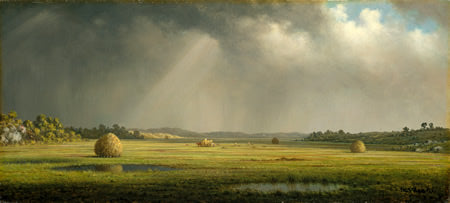 "Newburyport Meadows" by Martin Johnson Heade.
"Newburyport Meadows" by Martin Johnson Heade.
-
 "Boston Harbour" by Fitz Hugh Lane, (1864).
"Boston Harbour" by Fitz Hugh Lane, (1864).
-
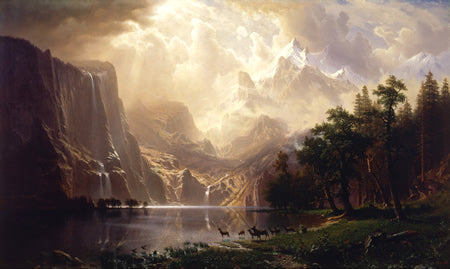 "Sierra Nevada" by Albert Bierstadt.
"Sierra Nevada" by Albert Bierstadt.
As observed in these images, the recurrent themes are natural landscapes, portraying beauty and light, which signifies purity and the beginning of something new.
Later, the style developed in other countries, especially notable in Belgium, for its clarity and projection; belatedly (after Impressionism), but no less meticulously, it appeared in the Netherlands and Spain, where the great representative is the Valencian Joaquín Sorolla, who specialized in social images, "the person becomes one of the main elements, where light reflects on humanity".
Impressionism and Luminism are two artistic styles that are united by their same purpose: the search for the new and radical. Both are fused by their use of thick and defined brushstrokes and the vision of changing light. On the other hand, they differ in composition: while Impressionism is open and innovative, Luminism is descriptive and very realistic.
-
 "María at the Beach of Biarritz" by Joaquín Sorolla y Bastida,(1906).
"María at the Beach of Biarritz" by Joaquín Sorolla y Bastida,(1906).
Examples of luminist paintings in the store:





